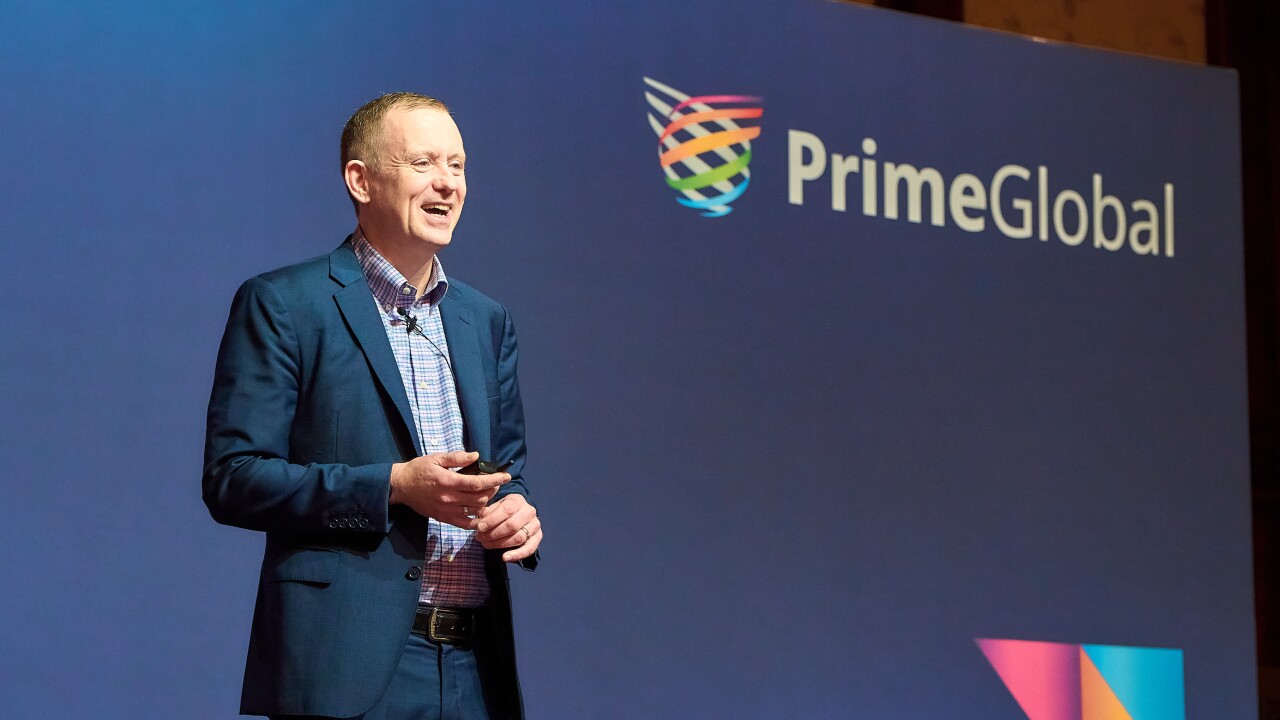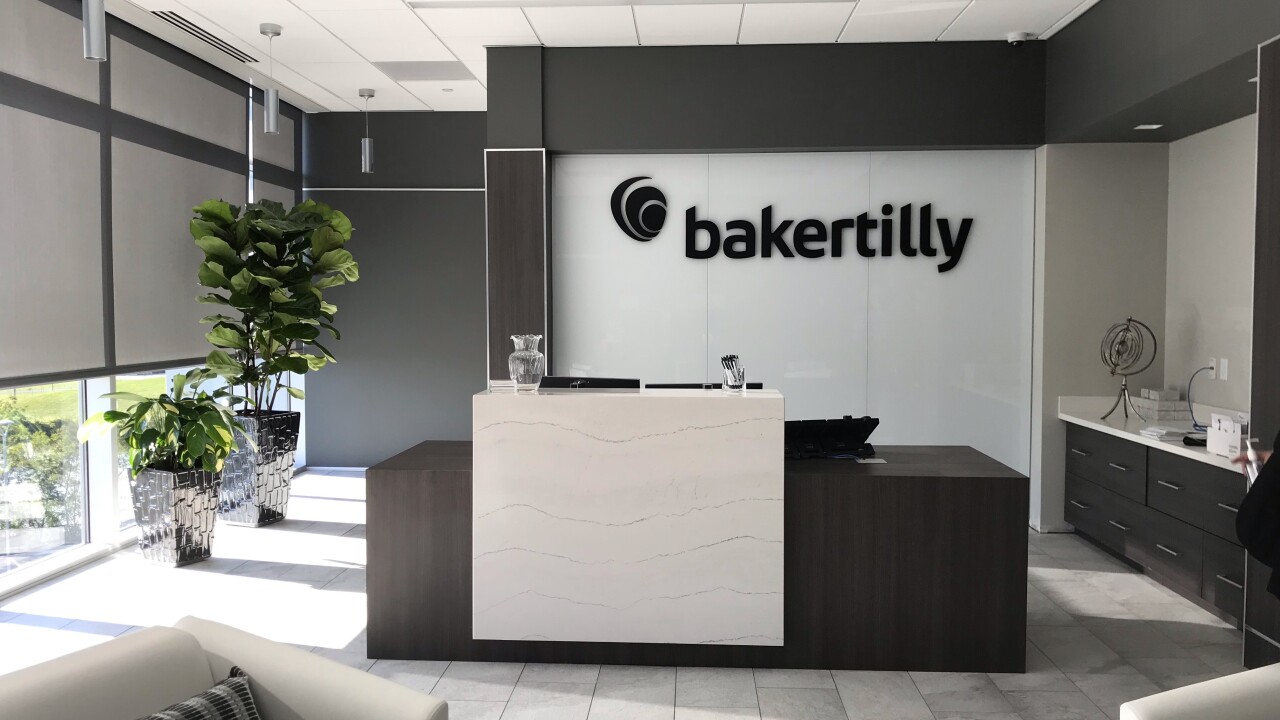Audit regulators are increasing their focus on how group auditors identify, engage and supervise component auditors, sparking important discussions about effectiveness, practicality and unintended consequences.
Is this level of scrutiny necessary for all group audits, or should regulators take a risk-based approach? Are auditors spending too much time on reporting instead of enhancing audit quality? And with AI reshaping audit methodologies, why aren't auditors leveraging real-time analytics to ensure they engage the right component auditors for high-risk areas?
These aren't just compliance questions — they challenge the future of global audits, the role of technology and the balance between oversight and efficiency.
The group auditor's dilemma
Every group audit presents unique risks — multiple jurisdictions, different reporting frameworks and varying component auditors. Group auditors cannot execute these audits alone; they must rely on component auditors positioned in every corner of the world. And let's be honest — not all auditors are trained equally, adding complexity to the group auditor's oversight responsibilities. The group auditor's role is to demonstrate oversight, yet the expectations for how they supervise component auditors continue to evolve.
Group auditors face criticism for insufficient oversight, inconsistent risk assessments and overreliance on local teams. The common response — stricter oversight and more documentation. But is that truly the right answer?
A better solution may just be that group auditors equip (and train) their component auditors with the best tools available to assess and respond to risks effectively. Technology already delivers real-time risk insights and should be the standard for group audits. Instead of sending more checklists and outdated instructions, group auditors should adopt AI-driven risk assessments to focus oversight where it matters most. These tools empower group auditors to engage the right component auditors and enhance audit quality through smarter, more targeted supervision.
Some would say that minor discrepancies — like a misspelled name or failing to identify a component auditor — rarely impact audit quality in a meaningful way, but instead result in disproportionate administrative burdens. So are we just chasing our tails instead of truly improving audit quality?
The regulator's position: valid concern or misplaced focus?
Regulatory scrutiny of group audits is increasing, but the impact on audit quality remains unclear. Many group auditors are already struggling to comply with evolving regulations, and additional oversight of how group auditors engage component auditors may not always provide commensurate value.
If audit quality is the endgame, then chasing every detail with a broad brush won't cut it. It's time to separate the wheat from the chaff — zero in on the highest-risk areas where it truly counts. A smart, risk-based approach does more with less, especially when resources are already stretched thin. Even if regulators intended to examine every component auditor, do they even have the resources to do so?
"Auditing the auditors" at scale is no small task. Scrutinizing every component auditor is unlikely to yield measurable improvements in audit quality and dilute attention from high-risk engagements. Expanding oversight without clear evidence of impact risks shifting the profession toward check-the-box compliance rather than demonstrating that regulatory review is working as intended.
Maintaining this level of scrutiny without modernization risks overwhelms both auditors and regulators — with little to show in terms of audit quality gains. If oversight efforts aren't driving measurable improvements, it's time to rethink the approach and double down on what truly moves the needle.
The technology imperative
AI, automation and analytics have transformed audits, allowing auditors to detect anomalies, assess risks and analyze full populations of data like never before.
Imagine if auditors used AI-powered analytics to monitor financial performance across subsidiaries, identifying inconsistencies and high-risk areas in real time. Group auditors would gain intelligent dashboards for visibility into component auditors' testing procedures, while audit analytics tools pinpoint risks across global operations demonstrating true oversight.
This isn't theoretical — it's happening. Yet many auditors hesitate to scale these solutions, while regulators focus on manual oversight and increased documentation. The question isn't "Can technology improve audit quality?" but rather, "Why aren't auditors deploying it more aggressively?"
Regulators and auditors would be far more effective if they worked together to standardize and promote AI-driven audit analytics instead of expanding outdated oversight mechanisms. While AI is already helping auditors pinpoint high-risk areas and drive better audit outcomes, it's not a silver bullet. It's a powerful tool — but only when paired with professional judgment and strategic focus. Used wisely, AI and analytics can help direct regulatory inspections to the most critical areas of group audits, making oversight more targeted and effective.
If auditors are expected to adopt AI for sharper risk assessments, regulators need to walk the talk too. So why aren't more regulators embracing AI to sharpen their inspections? An AI-assisted review could be the way regulators demonstrate their relevance towards faster and scalable oversight responsibility.
The future of audit oversight: adapt or fall behind
Auditors and regulators alike face a pivotal choice: embrace a data-driven future or stay stuck in outdated oversight models. The good news? They're chasing the same outcome — meaningful, scalable oversight in a world where audits are challenged by global complexity and geopolitical pressures.
Now is the moment to rethink how we monitor global audits. Oversight must shift from broad sampling to high-risk targeting. Auditors need to lead with AI adoption to stay ahead of mounting expectations. And regulators? They have no choice but to modernize — embracing the very tools already transforming the audit profession.
Saying the profession is at a crossroads is stating the obvious. The real question is: who's willing to move first? The next step will define the future of group audit oversight.





